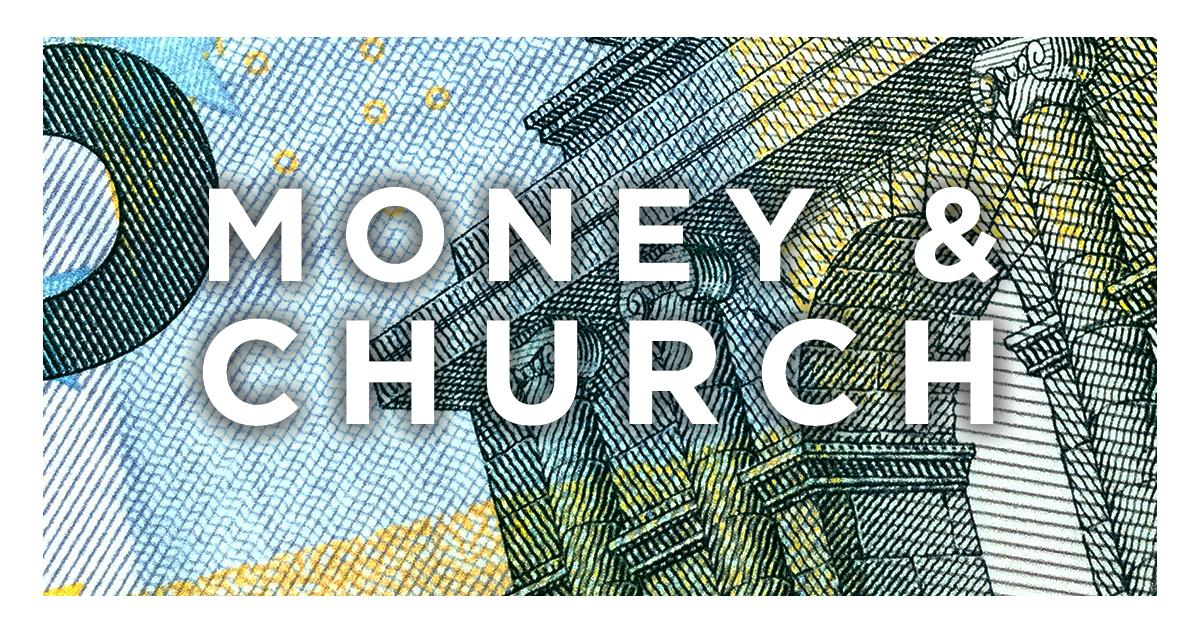Harnessing Mammon for Church Health

I sat through an interesting board meeting early this week. Church management underwent some healthy change.
As we looked at our financial statement, someone voiced concern over some costly, “out-of-the-box,” expenses associated with an annual missions project. Specifically, moving resources through a certain country we “tip” officials at various checkpoints. The tips involve a lot of money as does the entire project.
The mission centers around an eye-clinic in which our church sends two doctors and a couple of thousand pairs of glasses to Kenya, helping people with eye afflictions. The thought of a person seeing the face of their family clearly, or being able to read a Bible, is strong motivation for us. The kicker, though, is the number of people who accept Christ through the energies of the larger team. And, the icing on the proverbial cake is that ordinary Christ-followers from Hawaii have taught a Kenyan pastor to disciple his leaders into pastors—they now plant churches with no outside funding.
Vision, Values, Mission, Goals and Policy
Back to the meeting—financial fears reigned for a few moments turning the discussion into a question, “What should we do according to our policy?”
Then a miracle occurred. Someone pointed out that though this particular expense seems extreme (and unjust), the project produces new churches and converts who get discipled into pastors. The response of the group was to shine new perspective on the expense. We moved from a potentially destructive policy discussion to one that reeked of church health. The board deemed the tips, as well as the entire project, tiny in relationship to our annual budget. Then the fun began…
We looked at our giving outside of the church as a potential tithe to world mission, including church multiplication at home. One person suggested that we generate new policy, based on faith rather than a balance sheet. The upshot is a written guideline which turns our values into policy. The policy now dictates that we attempt to pour 10 percent of our money into disciplemaking and church multiplication projects. Our hope is that future board members grow alarmed if we aren’t spending money rather than because we do.
Most churches possess noble vision, values, mission and 20-year goals. However, cold hard cash often forces a surrender of lofty ideals to stuff like building funds and utility bills. Translating our values into policy should help forestall the nearly inevitable creep of institutionalism (where policy hinders ministry).
Harnessing Mammon
I came away thinking that this was one of the most enjoyable board meetings I ever attended. We decided to serve God instead of mammon. Rather than allowing money to run the church we decided to hogtie mammon to the purposes of God’s kingdom. Not a bad afternoon’s work!
This blog was written by Ralph Moore and published here with permission. To view the original post, click here.
Ralph Moore is a church planter and disciple maker. He planted Hope Chapel Hermosa Beach in California, Anchor Church in Hawaii, and Hope Chapel in Honolulu. He help start the Hope Chapel movement, which began with just 12 people, the ‘movement’ mushroomed to more than 2,200 churches worldwide. See his books here, download his sermons here, and visit his website here.





